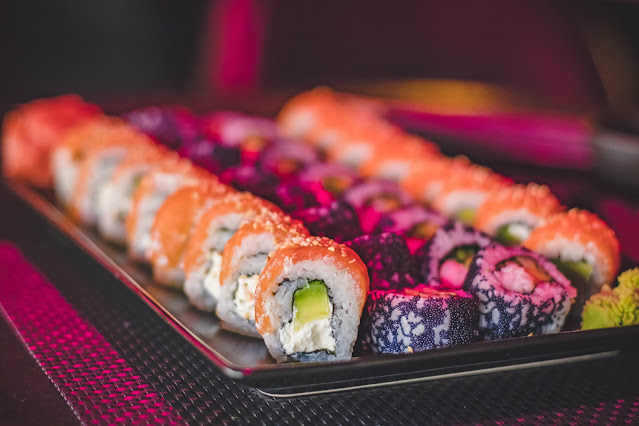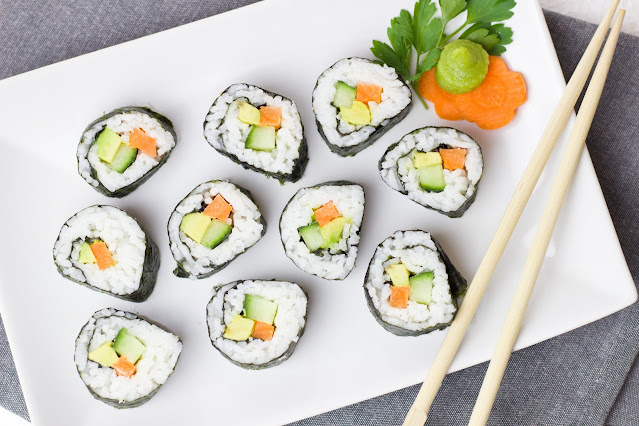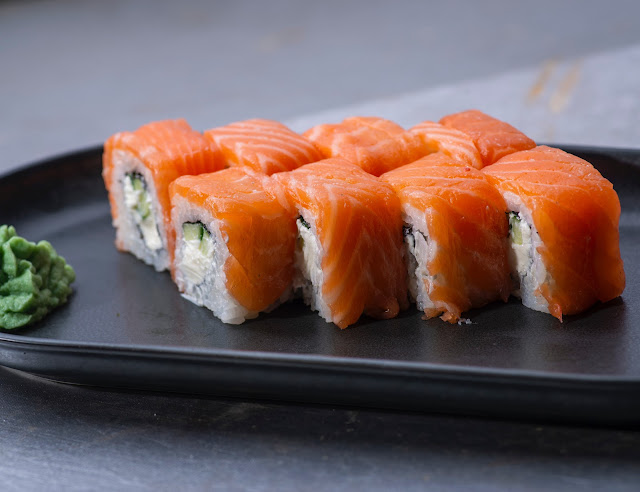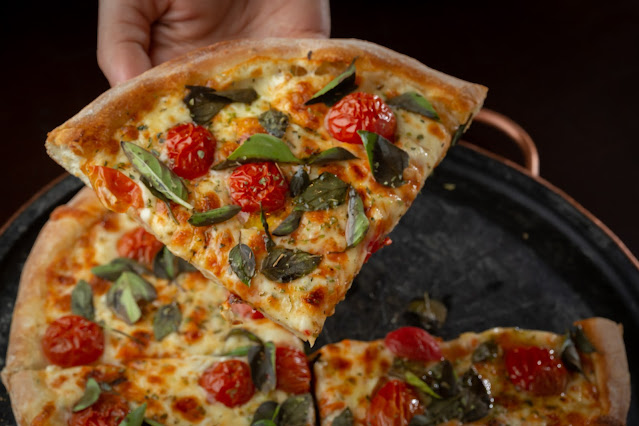The Variety of Tekka Maki: History, Ingredients, and Preparation

Introduction: Tekka maki is a popular sushi roll that originated in Japan. It is made with sliced raw tuna and other ingredients wrapped in a sheet of seaweed and sushi rice. While tekka maki is typically associated with tuna, there are actually many different types of tekka maki that use a variety of ingredients. In this article, we will explore the history, ingredients, and preparation of some of the most popular tekka maki varieties. Types of Tekka Maki: Maguro Tekka Maki : Maguro tekka maki is the most common type of tekka maki and is made with sliced fresh tuna. The tuna is placed on top of the sushi rice and then rolled in a sheet of seaweed. Negitoro Tekka Maki: Negitoro tekka maki is made with a mixture of minced fatty tuna and green onions. The mixture is placed on top of the sushi rice and then rolled in a sheet of seaweed. Oshinko Tekka Maki: Oshinko tekka maki is made with pickled daikon radish. The pickled daikon is placed on top of the sushi rice and then rolled in a she


